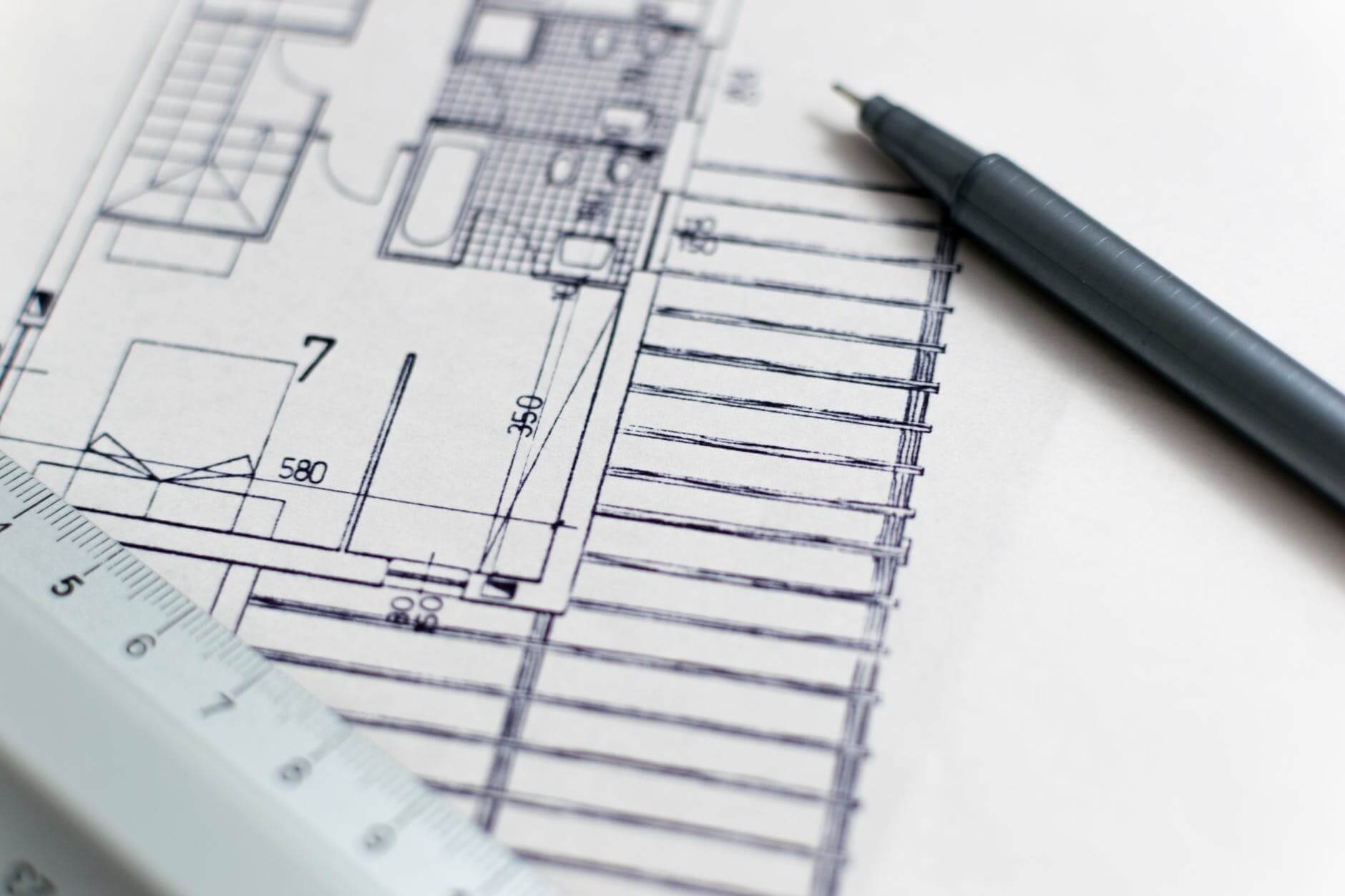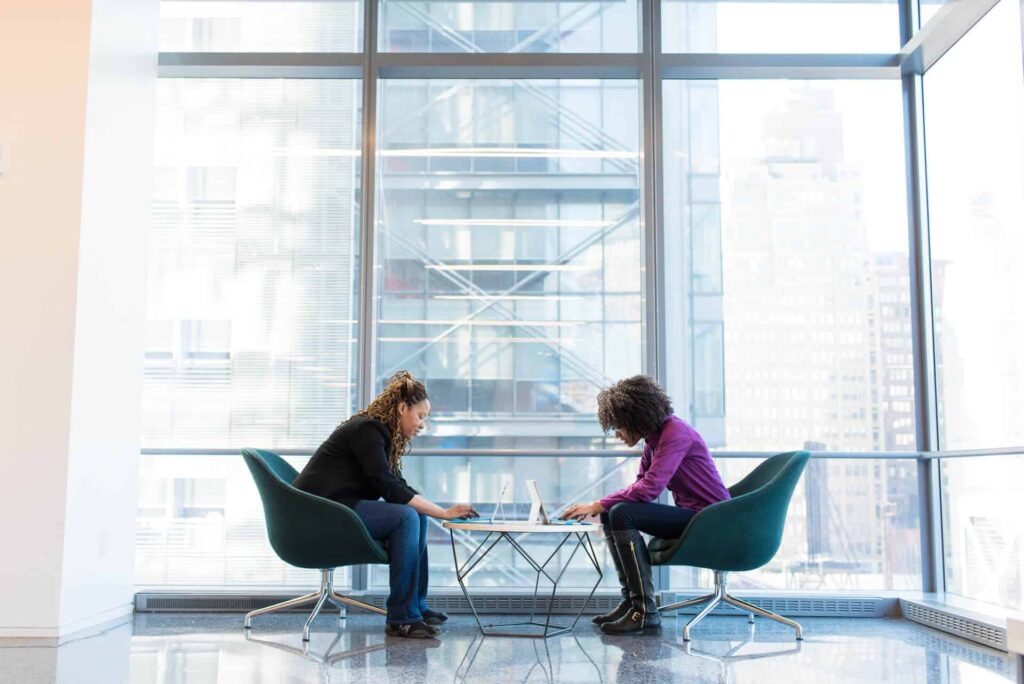Jackie Furey, Director of Where We Work, talks about the challenges of cultural change and its impact on change management as a whole.
Change management can be sometimes seen through a blurred lens. While it’s important to focus on the physical space and technology when coordinating a change or move — it’s the people in that space who will ultimately dictate its success.
Jackie Furey, Director of Where We Work and Chair of WiFM, has seen this time and time again. With years of experience in facilities management and leading workplace strategies, she knows there has to be a balanced approach to change management that always takes the needs of the people into consideration.
Cultural change seems to be one of the most elusive and intangible aspects of change management. What is the most difficult part of approaching it?
Furey: Change has to be the bringing together of numerous parts. You have the physical building environment and technology, but then you also have the will of the people. You need to take all three on the journey simultaneously for it to work.
We, for instance, have been asked to go and evaluate office spaces post-change where the organization has put together the most incredible work environment with every work setting you could dream of. It looks amazing, it feels amazing, it’s a top-class space, but nobody’s actually leaving their desk.
When we went to look at why that was, it’s really because they hadn’t addressed cultural change as part of that process. They hadn’t even started the mission to work in a different way. For me, that is the most important aspect of it all because you can spend millions on the most incredible space, but if you don’t educate the staff on how to use the space — it fails.

How important is departmental alignment when it comes to implementing a workplace strategy? What is the most challenging aspect of this process?
Furey: Departmental adjacency is part of our questioning when we interview staff members. As part of that process, we do business needs interviews and always ask about their departmental adjacency and who they need to be with.
What we’re finding more and more now, especially as people are working in agile environments, is that it’s about building virtual teams. If you have a core discipline like finance, there might need to be an IT person that looks after an element of what they do. There might be a customer service person that’s there to deal with calls. It’s about bringing in certain members of certain teams to support a particular function.
When you look back about 20 years ago, department adjacency was about who deals with who the most and you drew up a space plan based off that. I think that’s now evolved because we’ve evolved. No longer do you need to have set departments next to one another, I think you need a mix of departments.
Finance doesn’t have to sit next to HR anymore because that’s what they’ve always done. It’s about who needs to be around who — and why. Do they need to be in close proximity? Can they work remotely? Can they work from home? Do they just need to come into the office a couple days a week to touch on points and feel part of the organization?

How have new ways of working impacted the way workers function and interact? What have you noticed in terms of productivity and collaboration in this regard?
Furey: Last year, I was fortunate enough to work on a project for a company that was very brave and bold and took the step to implement completely “free address” working. We work with some large corporates that wish to do that, but there’s always 5-10 percent of people who have fixed desks no matter what. This company was very clear that everyone was going to work agile. Nobody was given a desk, but all the desks were bookable and everyone was given a locker for their stuff.
This absolutely transformed their business overnight. They were previously working in a very siloed and outdated environment where they had five business units that never spoke to one another and never saw one another. They went to a completely open plan with a newly refitted space with a workforce of 160-200 staff and they only allowed for 60 traditional style desks, but in total 242 work settings. It pushed people to work in a different way.
The cultural change of that particular project was massive because people were quite desk-bound and anxious about not being able to get a desk at work at again. It changed the way people worked. They added a coffee shop in there with WiFi throughout so they could work anywhere and the staff were empowered and given permission by their directors to work however was the most productive environment for them.
This change in how they work has brought about record results in the last year. They have found new business through being able to collaborate with other members of their team they never had access to. For example, they had a business finance element of their organization with a loan division and one that did exporting abroad. Those two found real synergy to help one another, but they’d never realized that before.

What are your most common change management requests? What do most modern organizations want to change about the way they work today?
Furey: It’s funny, I’ve been doing moves and changes for years and the emotive things with moving are very similar to the emotive things with going to an agile environment.
Things that upset people the most are: where they’re going to put their belongings; where to put the picture of their partner, kids and dog; how good is the coffee going to be. Those are followed by noise, air conditioning, and it’s all those sorts of gripes that we have the biggest challenges with.
One chap at a company took great umbrage with the fact he had to put a picture of his family in his locker every night. He couldn’t leave it out in the open because there was a clear desk policy. We suggested he put that on his laptop as his screensaver so his wife and kids were always there, but it wasn’t in a physical frame so it didn’t have to be removed.

Can you give an example of a time that a change was decided in the boardroom and became impractical or even impossible in actual execution?
Furey: A few years back, I worked on a project where the organization was moving from the office and looking to go to a new work environment, but the head of that organization wanted to keep everything he was going to provide in the new office as a secret. None of the staff were engaged or informed — it was all a big “ta-da” on day one.
That created lots of problems. Nobody felt part of the process and it failed in essence because it was more his ego saying “this is what I’ve created for you all.” It was very dictactive and prescriptive. Unless you take the staff on the journey and include them in the process, it will never be successful.
Find out more about how Jackie and Where We Work can help your organization with its change management needs at their website.
Have you been involved in a major workplace change? What was good or bad about it? Join the conversation and leave us a comment below.
Photos: Philipp Birmes, Štefan Štefančík, Lorenzo Cafaro, Rawpixel





